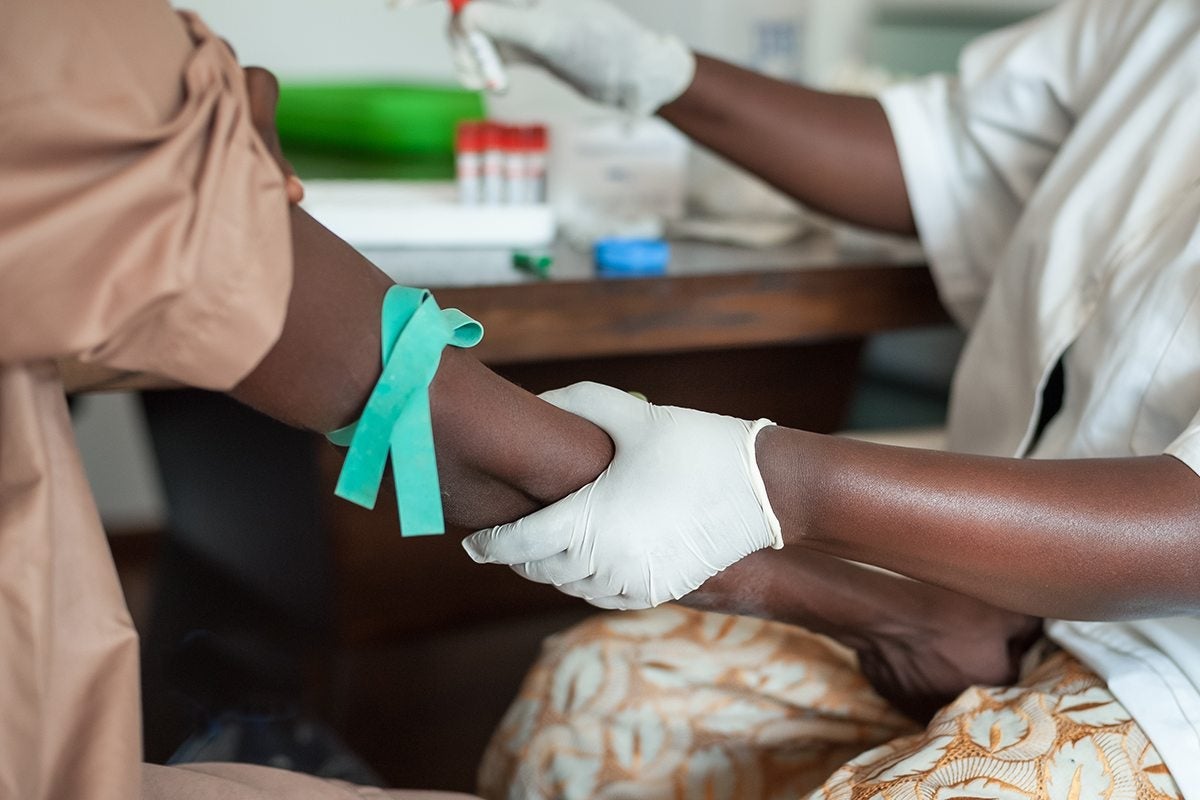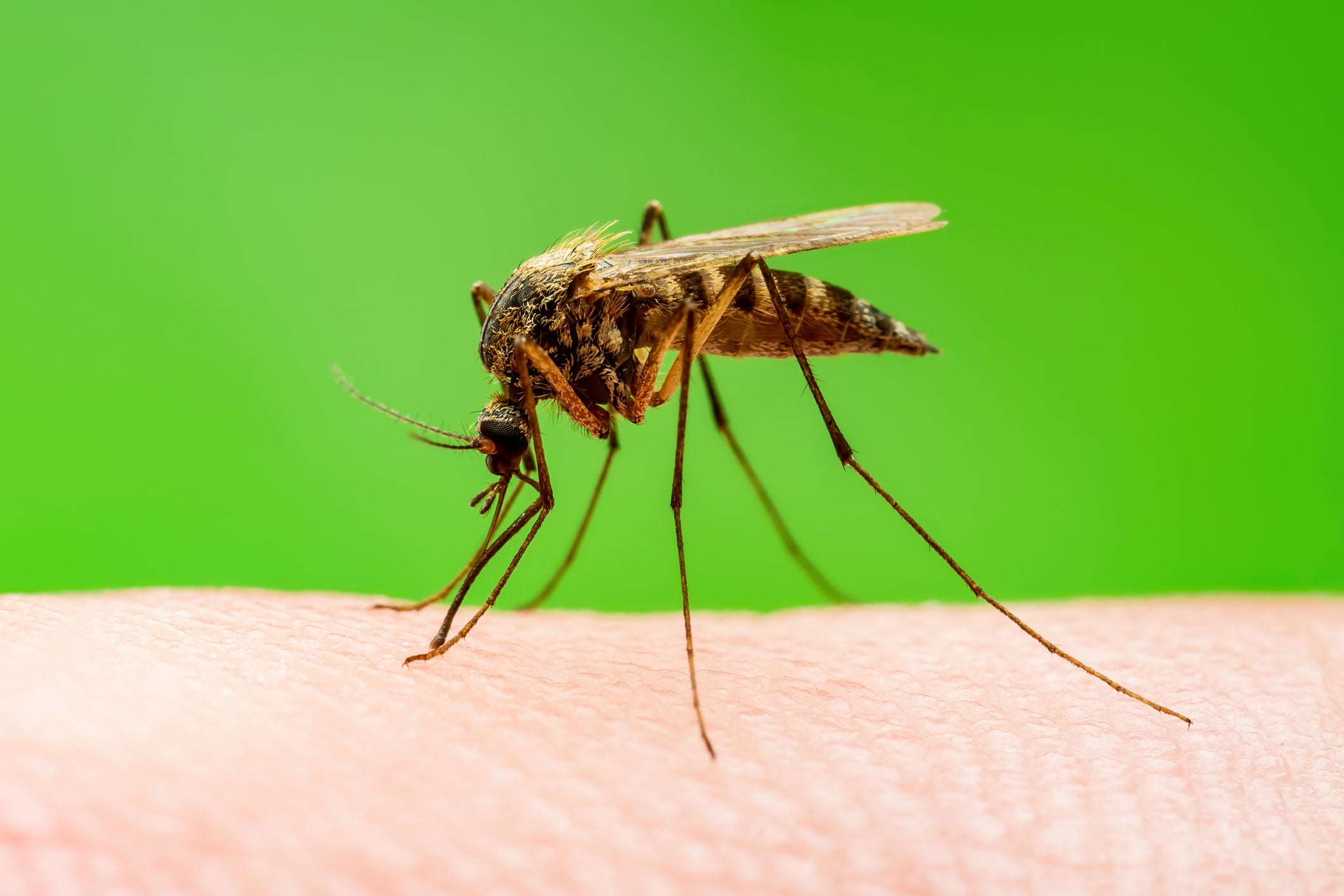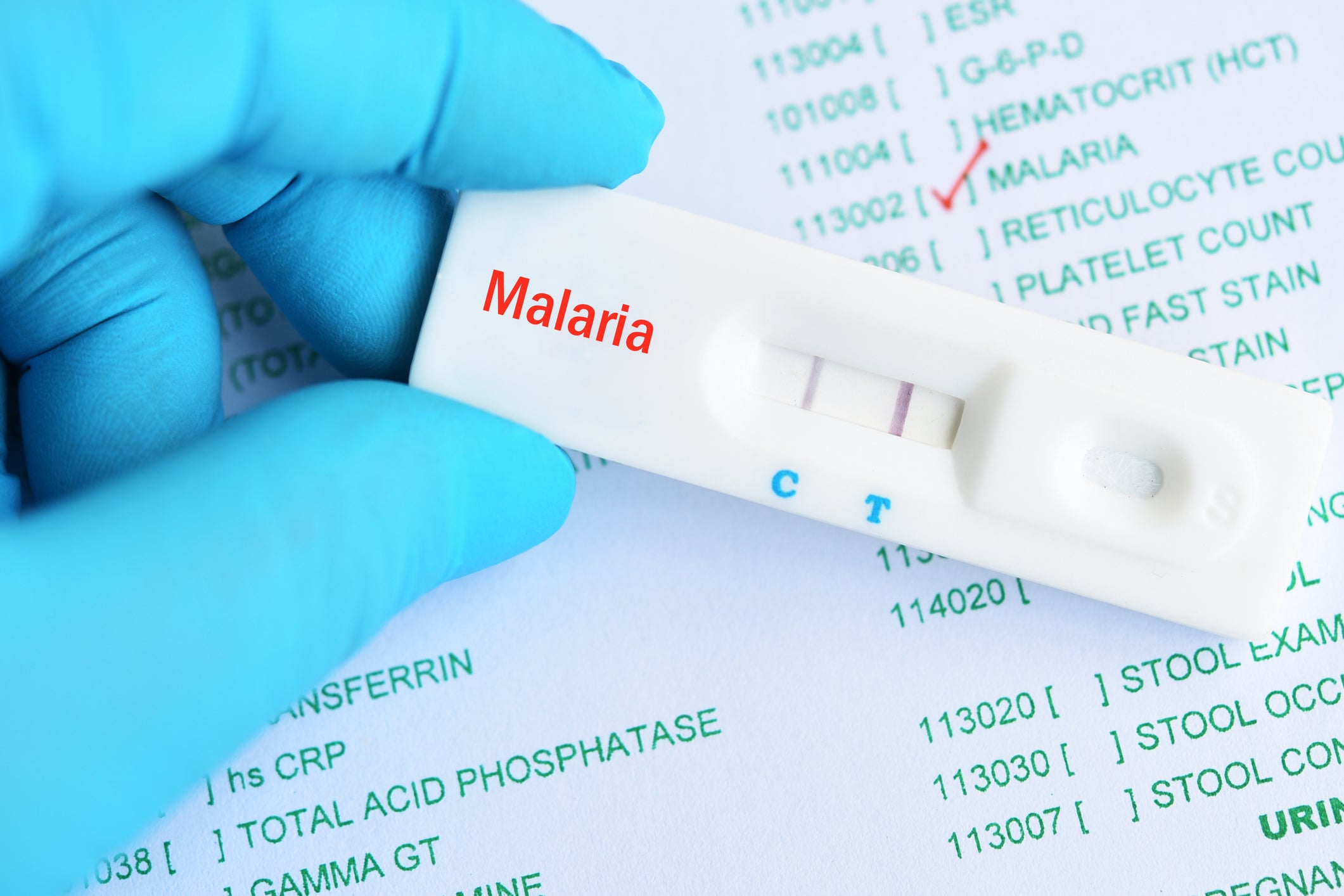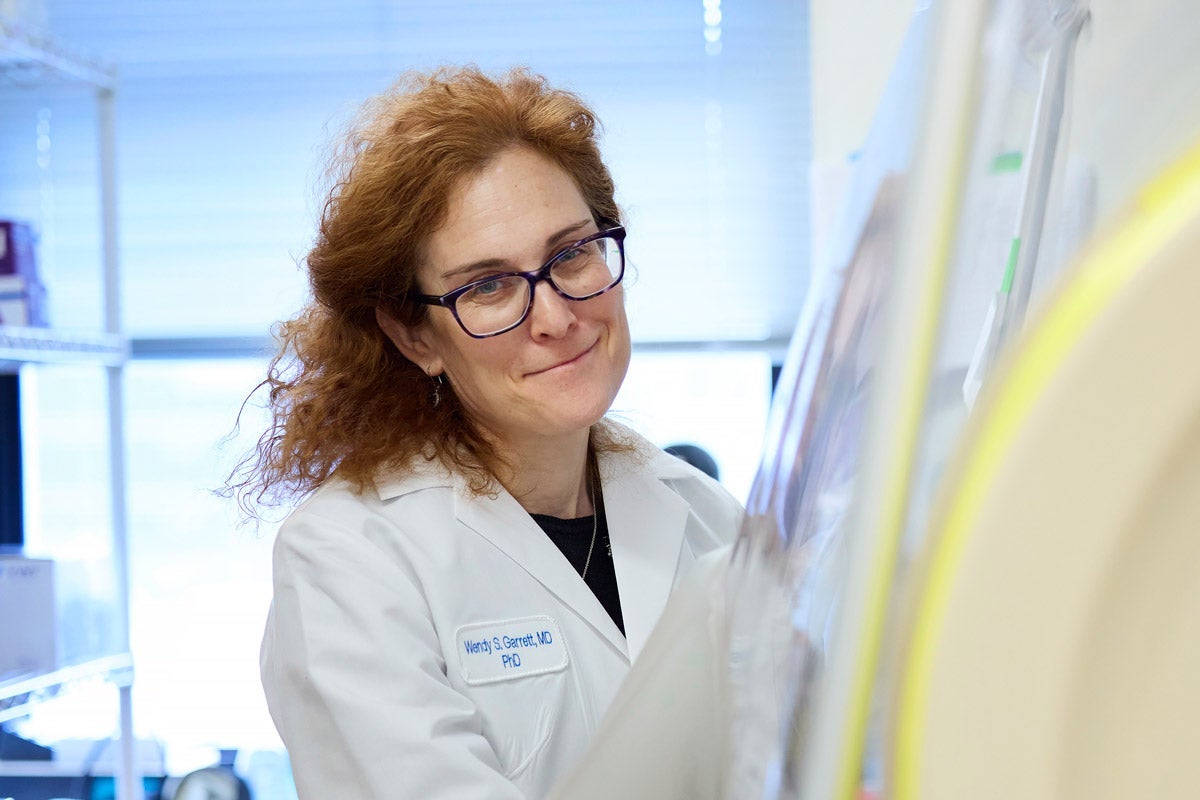Expanded HIV testing, ART coverage increased viral suppression, decreased new HIV infections in Botswana

For immediate release: July 17, 2019
Boston, MA – In Botswana, an intervention in 15 communities to test for and treat HIV infection in all adult residents was effective in increasing population viral suppression to very high levels (meaning that the virus becomes undetectable and can’t be transmitted while patients are taking effective treatment), according to a new study led by researchers from Harvard T.H. Chan School of Public Health and the Botswana-Harvard AIDS Institute Partnership, and collaborators at several other institutions. The intervention likely also contributed to a nearly one-third reduction in the incidence of HIV infection in participating communities.
“Using approaches that are feasible in most settings, we achieved levels of HIV diagnosis, treatment, and viral suppression that are among the highest levels reported globally,” said senior author Shahin Lockman, associate professor in the Department of Immunology and Infectious Diseases. “These high rates of treatment coverage are a testimony to the long-standing commitment that Botswana has shown to tackling HIV. We also believe that our approaches and findings are highly relevant for other countries.”
The study was published online July 18 in the New England Journal of Medicine.
HIV prevalence in Botswana is high, despite efforts by the government to increase access to testing, treatment, and preventive services. In 2017, an estimated 23% of adults had HIV. Combination antiretroviral therapy (ART) can essentially eliminate the risk of HIV transmission from a person who adheres to treatment and who has an undetectable viral load.
For the current study, researchers analyzed data from 23,401 people in the Ya Tsie Botswana Prevention Project, a randomized trial in 30 rural and semiurban communities (with a total population of approximately 180,000). From 2013 to 2018, 15 communities received an intervention that included universal HIV testing and counseling, support for accessing care, expanded and more rapid ART initiation, and increased access to male circumcision services (which lowers the risk of acquiring HIV). A control group of 15 communities received standard HIV testing and treatment.
By the end of the study period, in the intervention group, the proportion of persons living with HIV who had a suppressed viral load increased from 70% to 88%, while the proportion in the standard care group increased from 75% to 83%. The population level of viral suppression in the intervention group is among the highest to be reported globally. Incidence of HIV infection in the intervention group was 31% lower than incidence in the standard care group, which is borderline statistically significant.
Among the methods tried during the intervention, male circumcision uptake was relatively low and was hence likely the least significant, according to the researchers. The successful HIV testing campaigns in homes and mobile venues, along with support for linkage to care, both contributed to the very high ART initiation and viral suppression achieved. According to the researchers, these efforts in turn likely led to the nearly one-third reduction in the rate of new HIV infections in the intervention communities.
“Universal HIV testing and treatment can contribute substantially toward improving health and reducing the rate of new HIV infections in the community,” said Lockman. “This reduction, if sustained over time, will help us achieve the UNAIDS target of 90% reduction in the rate of new HIV infections by 2030.”
Other Harvard Chan School authors include Kathleen Wirth, Molly Pretorius Holme, Sikhulile Moyo, Kathleen Powis, Scott Dryden-Peterson, Vlad Novitsky, Simani Gaseitsiwe, Roger Shapiro, Haben Michael, Victor DeGruttola, Quanhong Lei, Rui Wang, and Eric Tchetgen Tchetgen.
Other collaborating institutions included the United States Centers for Disease Control and Prevention (CDC), the Botswana-Harvard AIDS Institute Partnership,and the Botswana Ministry of Health.
This study was supported by the President’s Emergency Plan for AIDS Relief through the U.S. Centers for Disease Control and Prevention (cooperative agreements U01 GH000447 and U2G GH001911); the National Institutes of Health (grant R37 AI051164, to DeGruttola, Wang, and Wirth, grant K23 AI091434, to Dryden-Peterson, grants D43 TW000004 and D43 TW009610, to Gaseitsiwe, Moyo, and Okui, grant K24 AI131928, to Lockman, grant K23 HD070774, to Powis, grant R01 CA222147, to Tchetgen Tchetgen, and grants R01 AI104459 and R01 AI127271, to Tchetgen Tchetgen and Wirth); the Oak Foundation; and the Sub-Saharan African Network for TB/HIV Research Excellence, and a Developing Excellence in Leadership, Training, and Science Africa initiative grant (DEL-15-006, through Wellcome Trust 107752/Z/15/Z) to Moyo and Gaseitsiwe.
“Universal Testing, Expanded Treatment, and Incidence of HIV Infection in Botswana,” Joseph Makhema, Kathleen E. Wirth, Molly Pretorius Holme, Tendani Gaolathe, Mompati Mmalane, Etienne Kadima, Unoda Chakalisa, Kara Bennett, Jean Leidner, Kutlo Manyake, Atang M. Mbikiwa, Selebaleng V. Simon, Rona Letlhogile, Kutlwano Mukokomani, Erik van Widenfelt, Sikhulile Moyo, Refeletswe Lebelonyane, Mary G. Alwano, Kathleen M. Powis, Scott L. Dryden-Peterson, Coulson Kgathi, Vlad Novitsky, Janet Moore, Pamela Bachanas, William Abrams, Lisa Block, Shenaaz El-Halabi, Tafireyi Marukutira, Lisa A. Mills, Connie Sexton, Elliot Raizes, Simani Gaseitsiwe, Hermann Bussmann, Lillian Okui, Oaitse John, Roger L. Shapiro, Sherri Pals, Haben Michael, Michelle Roland, Victor DeGruttola, Quanhong Lei, Rui Wang, Eric Tchetgen Tchetgen, M. Essex, Shahin Lockman, NEJM, online July 18, 2019, doi: 10.1056/NEJMoa1812281
Visit the Harvard Chan School website for the latest news, press releases, and multimedia offerings.
image: iStock.com
For more information:
Chris Sweeney
617.432.8416
csweeney@hsph.harvard.edu
###
Harvard T.H. Chan School of Public Health brings together dedicated experts from many disciplines to educate new generations of global health leaders and produce powerful ideas that improve the lives and health of people everywhere. As a community of leading scientists, educators, and students, we work together to take innovative ideas from the laboratory to people’s lives—not only making scientific breakthroughs, but also working to change individual behaviors, public policies, and health care practices. Each year, more than 400 faculty members at Harvard Chan School teach 1,000-plus full-time students from around the world and train thousands more through online and executive education courses. Founded in 1913 as the Harvard-MIT School of Health Officers, the School is recognized as America’s oldest professional training program in public health.


